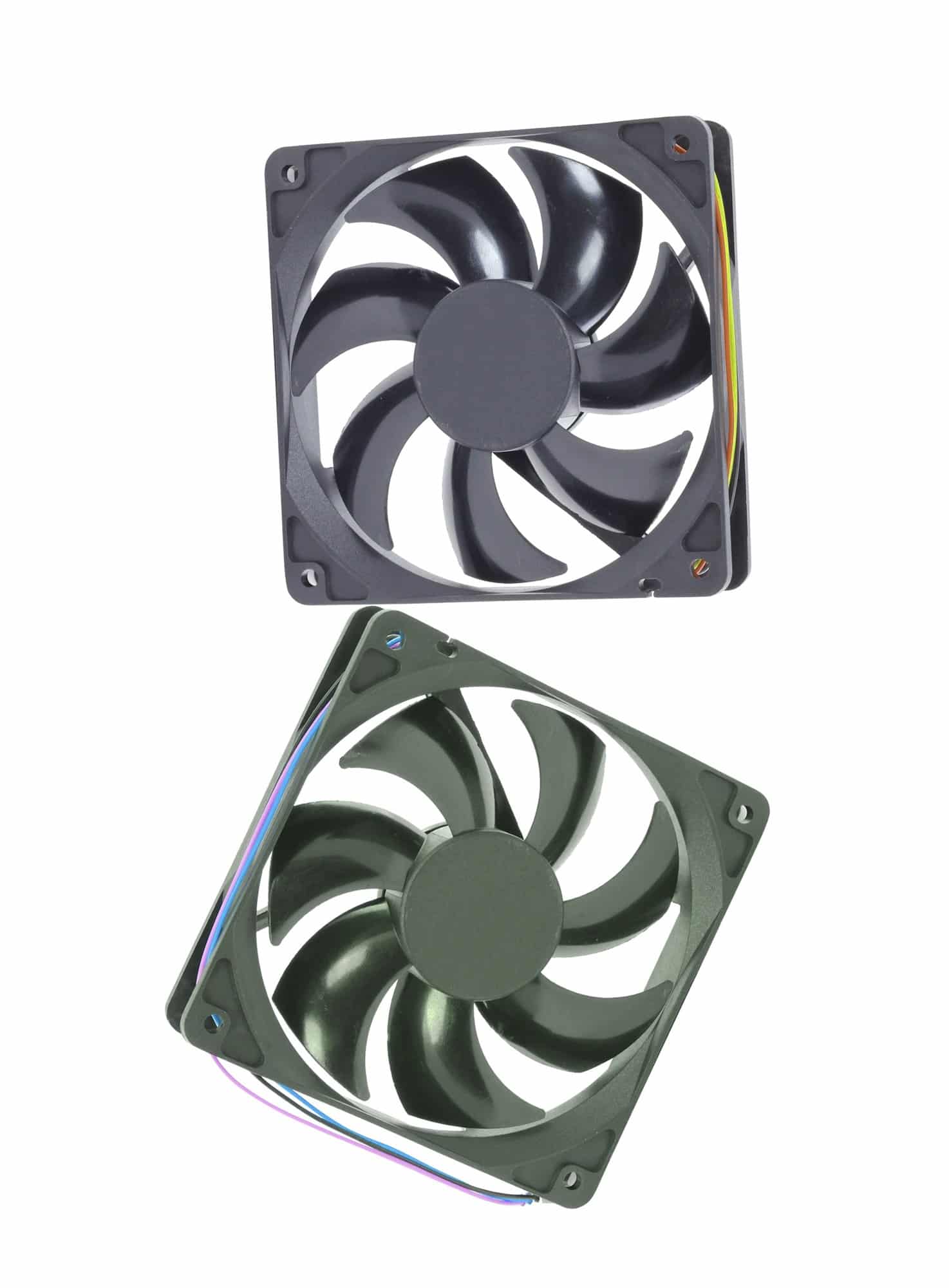The ASUS TUF Gaming X570-Plus motherboard is a powerhouse in the world of gaming. This board offers an incredible range of customization and performance options for your PC. Among its many features, one of the most appealing is its capability for overclocking. Overclocking can help you achieve higher performance levels from your existing hardware, but it can be a tricky process if you are not familiar with it. This guide will take you through the steps required to set up this particular motherboard for a safe, reliable, and stable overclocking experience.
Understanding the Basics of Overclocking
Before we dive into the main subject, it’s necessary to have a basic understanding of what overclocking is and how it can benefit your gaming experience.
Also to discover : How to optimize the performance of a Dell Inspiron 15 7590 for video editing in DaVinci Resolve?
Overclocking is the process of pushing your computer’s components beyond their factory set limitations to achieve higher performance. For gamers, this means smoother gameplay, higher frames per second, and improved overall gaming experience. However, overclocking needs to be done carefully and accurately to prevent potential damage to your components. That’s where the ASUS TUF Gaming X570-Plus motherboard comes in, with its robust set of tools and features designed for safe and stable overclocking.
Preparing Your PC For Overclocking
Before you start the overclocking process, you need to properly prepare your PC to handle the increased workload.
Also read : What are the best practices for configuring a Synology DS220+ for automated daily backups?
Start by ensuring that your PC’s cooling system is sufficient to handle the added heat that overclocking generates. This might mean investing in a better CPU cooler or adding more fans to your PC case. Additionally, ensure that your power supply can handle the extra load that you’re going to put on your system.
Next, update your BIOS to the latest version. ASUS regularly updates the BIOS of their motherboards to improve stability, compatibility, and performance. You can download the latest BIOS version from the ASUS official website.
Also, back up any important data. While overclocking is generally safe when done correctly, there’s always a small risk of system instability or crashes, which could potentially lead to data loss.
Navigating The BIOS for Overclocking
The BIOS (Basic Input/Output System) is the software that interfaces between the PC’s hardware and its operating system. It’s where you’ll be making the changes necessary for overclocking.
To enter the BIOS, restart your PC and press the ‘Delete’ key when the ASUS logo appears. Once in the BIOS, you’ll see a variety of options and settings. Navigate to the ‘Advanced Mode’, where you’ll find the settings for overclocking.
In the ‘AI Tweaker’ tab, start by adjusting the ‘AI Overclock Tuner’ to ‘Manual’. This allows you to manually change the settings for your CPU and memory, which is crucial for a stable overclocking experience.
Setting Up Your CPU for Overclocking
CPU overclocking is all about balance. You want to achieve the highest possible performance without overheating your CPU or causing system instability.
In the ‘AI Tweaker’ tab, find the ‘CPU Core Ratio’ setting. This determines the multiplier for your CPU’s base clock rate, effectively setting the speed of your CPU. Increase this ratio by small increments, each time monitoring your PC’s performance and temperature.
Additionally, you should adjust the ‘CPU Core/Cache Voltage’ setting. This controls the amount of voltage that your CPU receives. A higher voltage can allow for a higher overclock, but it also increases heat output.
Remember to increase the voltage incrementally and monitor your PC’s temperature with each adjustment. Never exceed the voltage limit recommended by ASUS for your particular CPU model.
Overclocking Your Memory
Overclocking your memory (RAM) can also contribute to better gaming performance. Similar to CPU overclocking, you need to find a balance between speed and stability.
In the ‘AI Tweaker’ tab, look for the ‘DRAM Frequency’ setting. Increasing this value will raise the operating frequency of your RAM. However, this should be done in small increments, monitoring your PC’s stability with each adjustment.
Also, adjust the ‘DRAM Voltage’ setting. Like CPU voltage, higher values can allow for a higher overclock, but also increase heat output. Be sure not to exceed the recommended limit for your specific RAM model.
Remember, every PC build is unique, and what works for one might not work for another. Take your time with this process, and make sure to test your system thoroughly after each adjustment. Your patience will lead to a stable overclocking experience, maximizing your ASUS TUF Gaming X570-Plus motherboard’s potential and enhancing your gaming experience.
Troubleshooting Overclocking Issues
Even with careful preparation and following the right steps, there can be issues that arise when overclocking. It’s essential to anticipate these problems and know how to deal with them.
One common issue is system instability or crashes. This usually indicates that the overclocking settings are too high for your system to handle. If this happens, try lowering the CPU Core Ratio or the DRAM Frequency in the ‘AI Tweaker’ tab to a level your system can handle.
Another problem can be overheating. If your system is running hotter than usual, ensure your cooling solutions are working optimally. You might need to invest in better cooling systems, such as a higher-capacity CPU cooler or additional fans. Lowering the CPU Core/Cache Voltage or DRAM Voltage can also help in reducing heat.
It’s also important to have updated drivers for your hardware. Outdated drivers can cause system instability, especially when pushing the system beyond its usual limits. Check the manufacturer’s website for the latest drivers for your video card, CPU, and other components.
Remember, each system is unique and what works for one might not work for another. Don’t be afraid to experiment and adjust the settings until you find the perfect balance for your system.
Wrapping Up: Stable Overclocking With ASUS TUF Gaming X570-Plus Motherboard
Overclocking your ASUS TUF Gaming X570-Plus motherboard can significantly enhance your gaming performance by pushing your hardware beyond its factory-set limits. However, it requires a delicate balance between increased performance and system stability.
Understanding the basics of overclocking, preparing your PC properly, navigating the BIOS, setting up the CPU, and overclocking your memory are all key steps in achieving a stable overclocking experience.
Keep in mind that ensuring adequate cooling, having an updated BIOS, and backing up important data are also crucial. Moreover, being prepared to troubleshoot issues like system crashes and overheating can make the process a lot smoother.
Remember, overclocking involves a certain level of risk. However, with the right precautions and gradual adjustments, you can safely squeeze more performance from your PC and enhance your gaming experience.
In conclusion, the ASUS TUF Gaming X570-Plus motherboard is an excellent choice for gamers who want to explore the world of overclocking. With its advanced features and robust build, it provides a platform for a reliable and stable overclocking experience.











